Last week, I had the wonderful opportunity to give a talk at Textual Editing and Modernism in Canada (TEMiC) 2013 (University of British Columbia, Okanagan), co-directed by Karis Shearer and Dean Irvine. The event’s theme, “Editing Modernism On and Off the Page,” was an engaging one, intersecting media and material culture studies with literary and textual studies. In conversation with the theme, my talk—”Editing, Annotating, and Discovering Historical Audio”—addressed how researchers might best integrate digital audio into scholarly monographs and journals, and I ended with a best case scenario of sorts, outlining the features of an ideal scholarly audio tool (informed in part by Jonathan Sterne’s recent work) for multimodal authoring and publication platforms like Scalar and Omeka.
Beginning with an overview of my current book project, How Text Lost Its Source: Magnetic Recording Cultures, the talk also unpacked why the materiality of historical audio—its physical particulars, its affordances for listening and playback, its modes of storage and circulation, and its embeddedness in labor conditions—is so central to my work. Framed as an archaeology of magnetic impressions, the overview gave me a chance to walk the audience through a brief (and certainly not exhaustive) history of magnetic audio, playing a few sound clips from across the 20th century. In so doing, I underscored how this history of magnetic audio is a history of how sounds are actively made by both people and machines (e.g., through editing techniques as well as historically contingent power dynamics), not simply taken, given, or captured.
You can view the slidedeck for my talk as well as its source files. The presentation was built using the reveal.js HTML framework, and it includes audio, images, links to relevant work, and—at the end—a list of all referenced media.
Thanks again to Karis, Dean, and EMiC for inviting me to speak. I had a wonderful time at TEMiC 2013, and I’m looking forward to continuing the conversations we started there.
During 2013-14, the Lab will be further researching the integration of audio and other dynamic media into scholarly communications (especially web-based monographs), and we’ll be publishing more posts related to How Text Lost Its Source and the cultural history of magnetic recording. Project details soon, likely in September or October. Thank you for your patience!
Post by Jentery Sayers, attached to the SerialMonograph project, with the news tag. Featured images for this post care of “Editing, Annotating, and Discovering Historical Audio,” by Jentery Sayers.

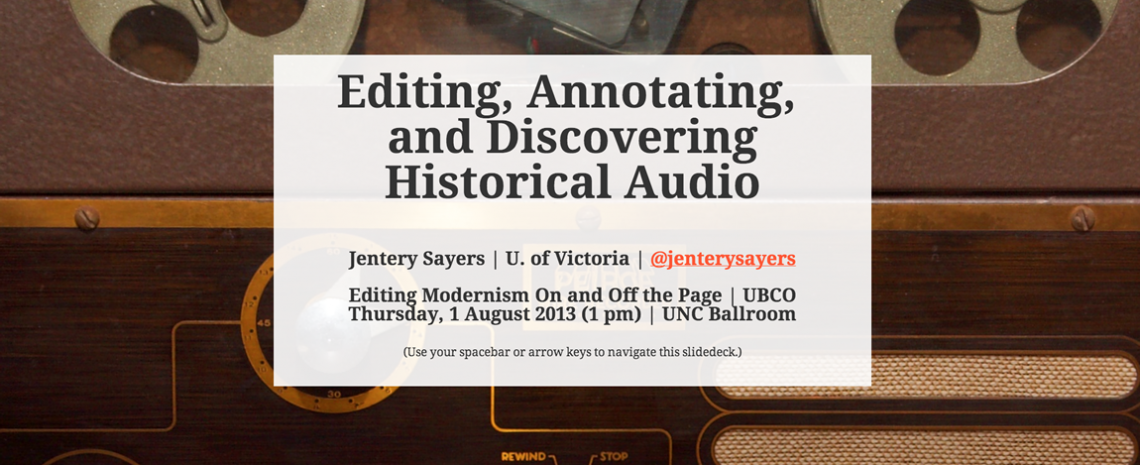
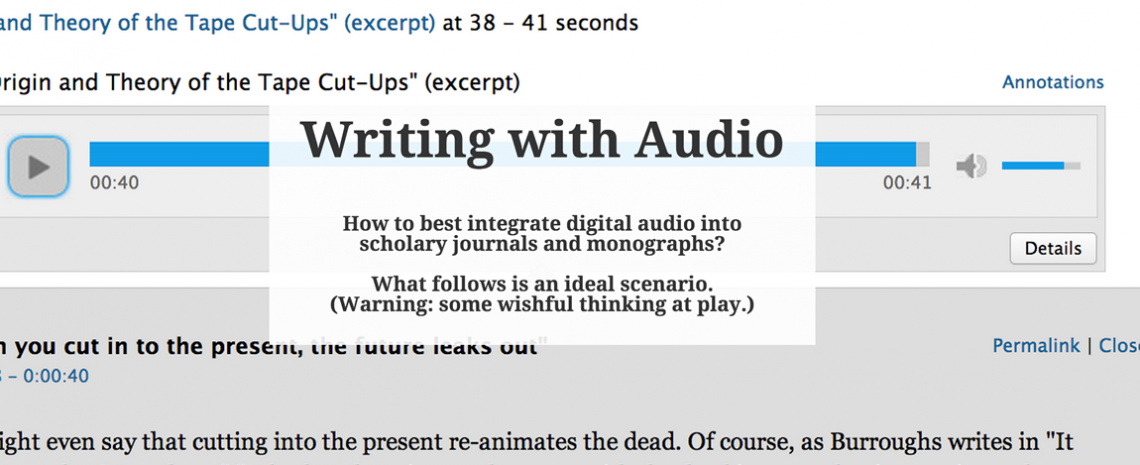
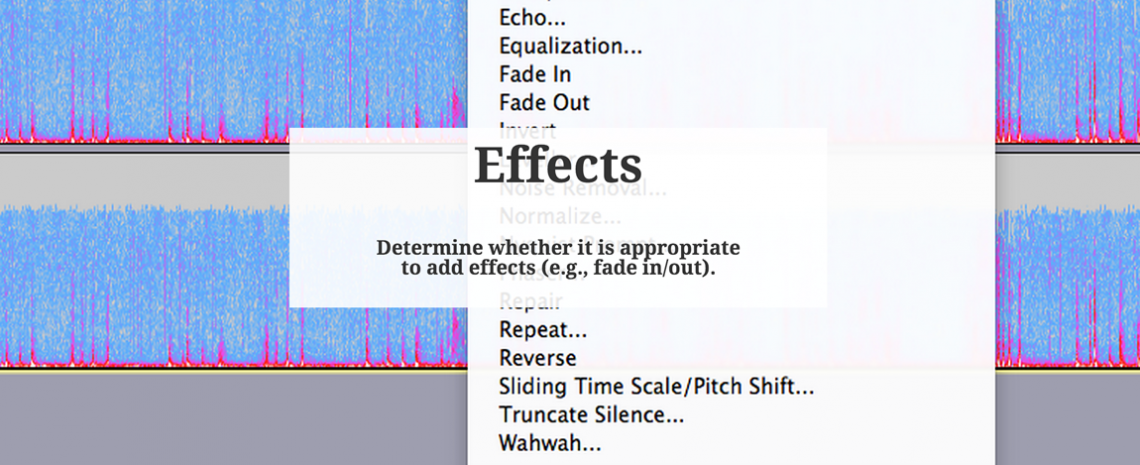
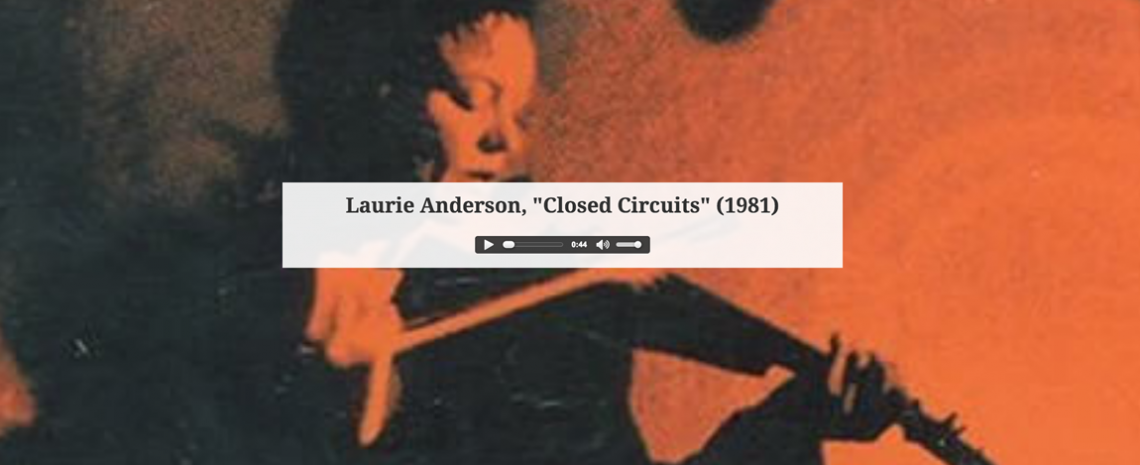
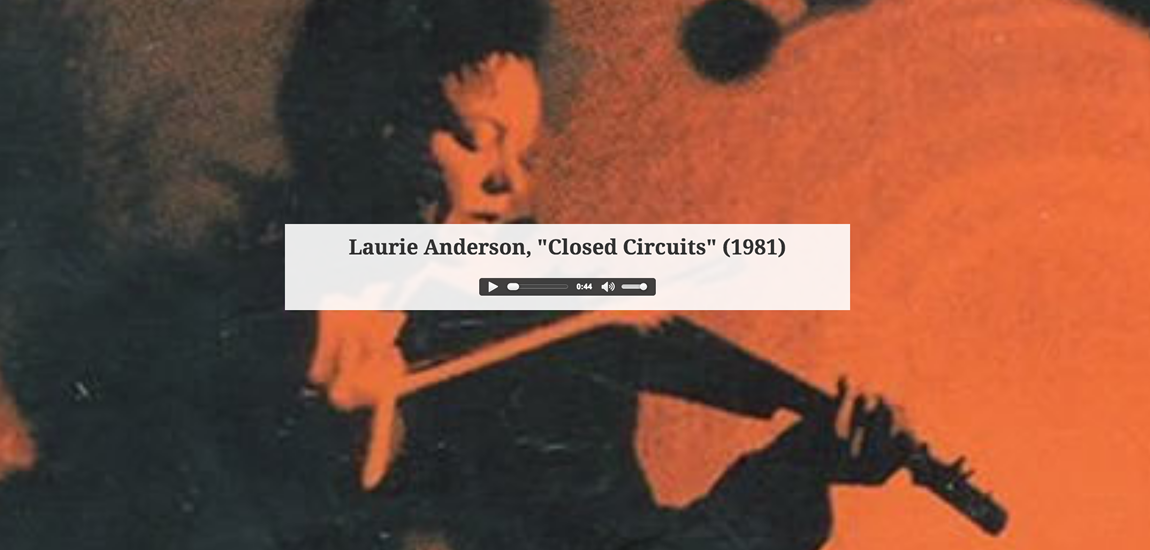
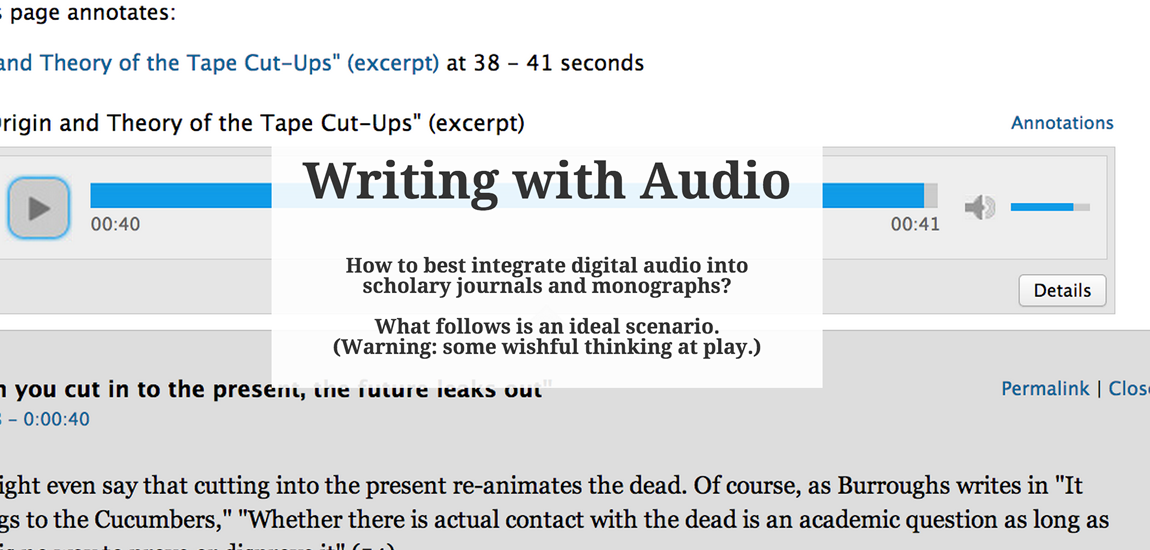
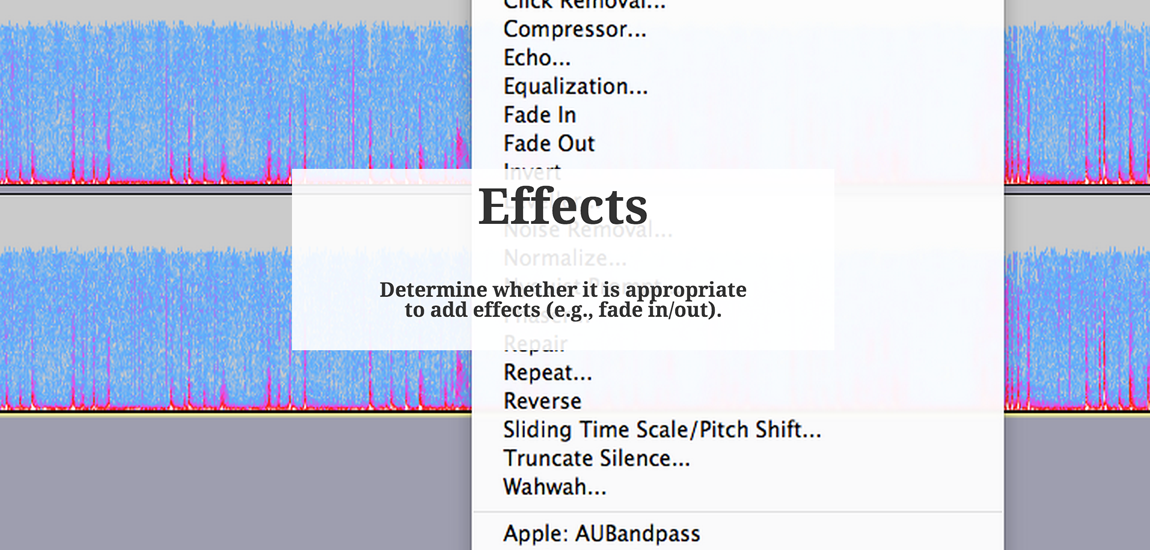
Pingback: Maker Lab in the Humanities » University of Victoria » The Maker Lab after Two Years()